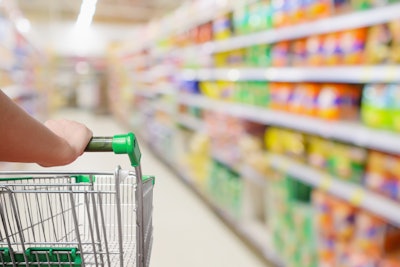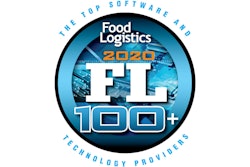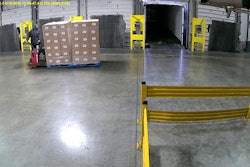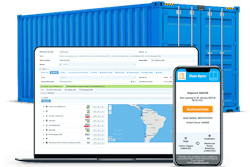
In the new norm emerging from post-COVID-19, delivery in the food segment is critical and is in more demand than ever previously. However, a sudden, major shift to the delivery model in both the grocery and restaurant industries does not come without challenges. What is interesting is that some of the biggest buzzwords of the last decade, including artificial intelligence (AI) and machine learning, are the very solutions eliminating some of these challenges for organizations.
Getting food physically delivered to the consumer is only half the battle – maintaining excellent customer service and efficient operations is the other half of the delivery equation, and it is often riddled with roadblocks.
Advancements in AI and machine learning fit into the delivery logistics equation by simply making delivery more intelligent and taking it a step further than previously possible. Streamlining operational logistics and workflows is important but is not the only factor that impacts delivery performance. The technologies also provide organizations with the ability to not only accurately predict delivery timing but also to forecast delivery demand. Having the extra edge of visibility that predictive technology provides allows organizations in the food segment to drive more efficiency gains, to an exponential degree, in their delivery cycles.
Predicting delivery timing
Predicting delivery timing is not as simple as just giving an ETA – it is more complex and is achieved through machine learning silos connected to one larger flow. Powerful AI and machine learning can effectively model delivery workflows to accurately predict how much time is needed at every stage in every delivery process, accounting for all historical performance data to validate predictive models. Through continued monitoring and learning, the predictive models only continue to get fine-tuned and more accurate, so predictive quality gets increasingly better over time and the more data becomes available to leverage. The data that drives these predictive models can encompass everything from time-on-site to prep-time for delivery – the granularity of the data makes for more precise modeling.
Moving away from just the technical aspect of how predictive models work, the big takeaway in predicting delivery timing is that it helps positively impact an organization’s bottom line. It helps grocers and restaurants make better use of their resources and time, giving them visibility into exactly what they need to complete a certain set of deliveries, ultimately leading to new efficiencies, faster deliveries and the ability to increase fulfillment capacity. The application of AI and machine learning also helps to dramatically improve the customer experience by providing more accurate ETAs, smaller delivery windows, faster delivery cycles and an assurance that every order can be met on-time. On the other side of the equation, it keeps employees and fleet drivers more satisfied and reduces the stress that comes with delivery management because it gives everyone more accurate and reasonable timing expectations.
Forecasting future demand
AI and machine learning can also predict or forecast demand. The reason for this is critical. By determining, in advance, what consumers are going to be ordering for delivery and when, it ensures organizations are better prepared to have inventory in place and the staff and resources in place. This helps to not only carry out future deliveries and fulfill unexpected spikes of demand that may have otherwise caught them off-guard and left them unable to handle and fulfill, but also it helps to fine-tune delivery down to the specific hours of the day.
A good example of this in action might be delivery surges for frozen pizza on Friday nights as the weekend begins for many consumers – machine learning-powered models can aggregate that type of data to better predict when and what items will be most in demand during certain parts of the week. The forecasting and visibility into demand ultimately enables organizations to better optimize their resource allocation.
Another key benefit of forecasting demand is that it enables organizations to serve more customers, as forecasting gives them the ability to make sure they have enough inventory and the right resources to meet surges in demand when they occur. Additionally, the ability to reach more consumers and fulfill their orders can naturally help to support customer satisfaction.
Much like predictive timing models, demand forecasting models are built on granular data, but instead of delivery logistics data, the data is comprised of order location and inventory trends as well as socioeconomic data, to paint a very accurate demand picture.
Insight into delivery timing and future demand does help companies in the food category better navigate delivery cycles, without compromising the customer experience. A shift to the delivery model, something that is now taken advantage of by nearly every consumer in some way, does not come without complications. Organizations that are not afraid to take a chance on cutting-edge technology will find themselves in a more strategic position in their respective markets.



















